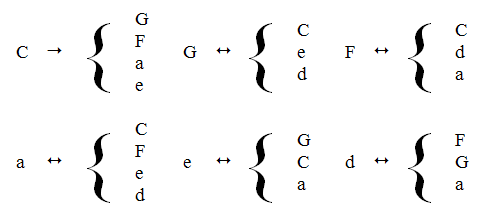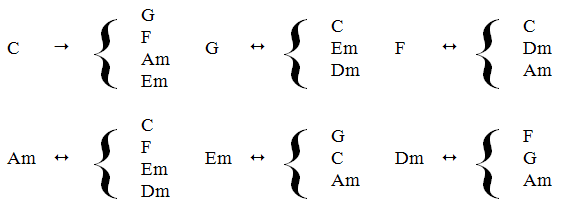dominic94
New member
Hello,
So today I tried to analyze the Avicii - Levels melody and I am lost on the chord progression because I just do not understand what kind of chord progression that is.
This song is on the Emajor key. And just please look at those chords here Musicnotes.com: Unsupported Browser or Operating System The chords starts at C# which is vi chord of the scale then it goes to E (I) then to B (V) and then from V chord it goes to IV chord which is against "rules" of the chord progressions. Also it goes from IV to vi chord which is wrong too.
Can somebody explain me what kind of chord progression that is, because I just do not understand.
Thanks
So today I tried to analyze the Avicii - Levels melody and I am lost on the chord progression because I just do not understand what kind of chord progression that is.
This song is on the Emajor key. And just please look at those chords here Musicnotes.com: Unsupported Browser or Operating System The chords starts at C# which is vi chord of the scale then it goes to E (I) then to B (V) and then from V chord it goes to IV chord which is against "rules" of the chord progressions. Also it goes from IV to vi chord which is wrong too.
Can somebody explain me what kind of chord progression that is, because I just do not understand.
Thanks



